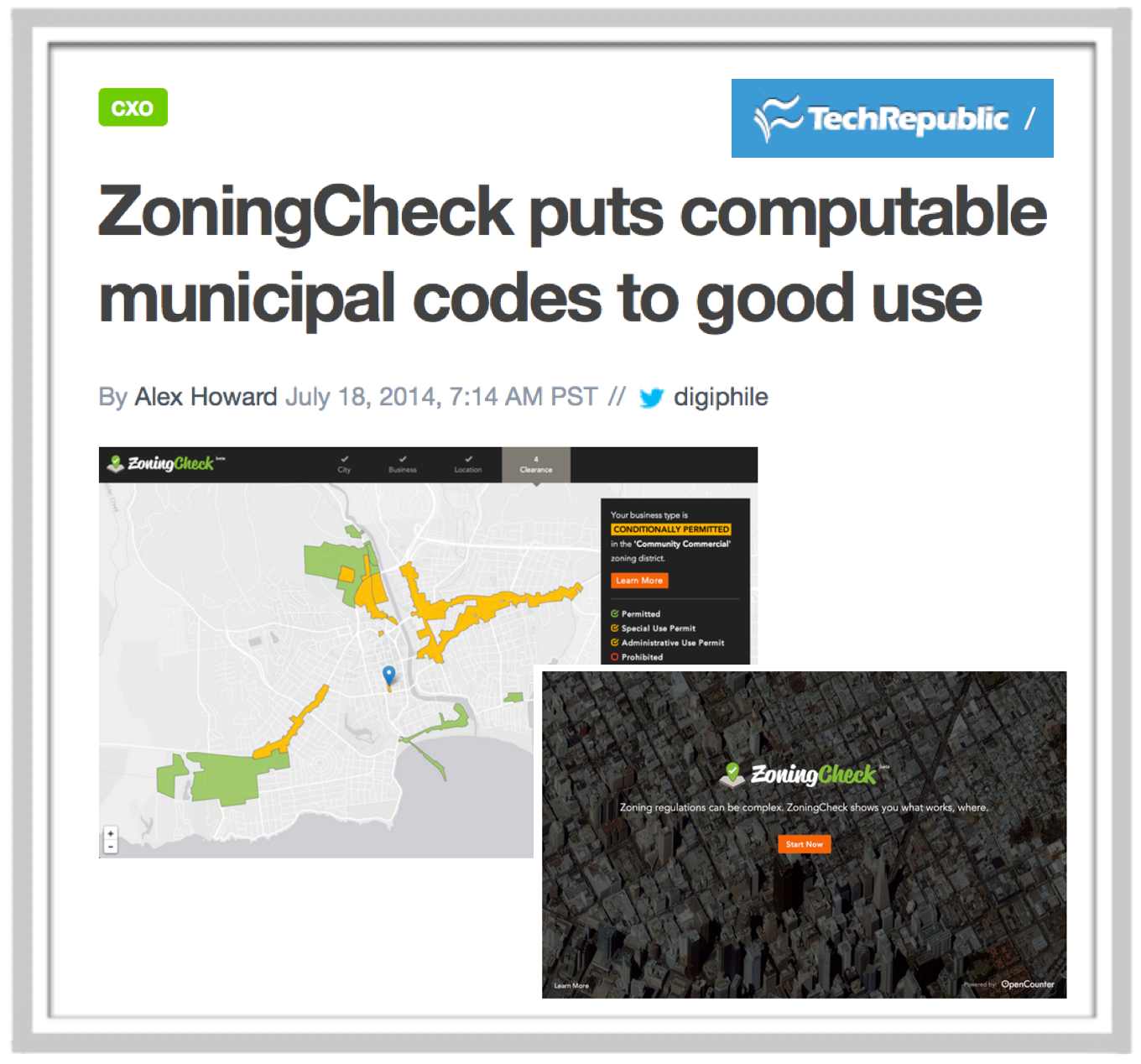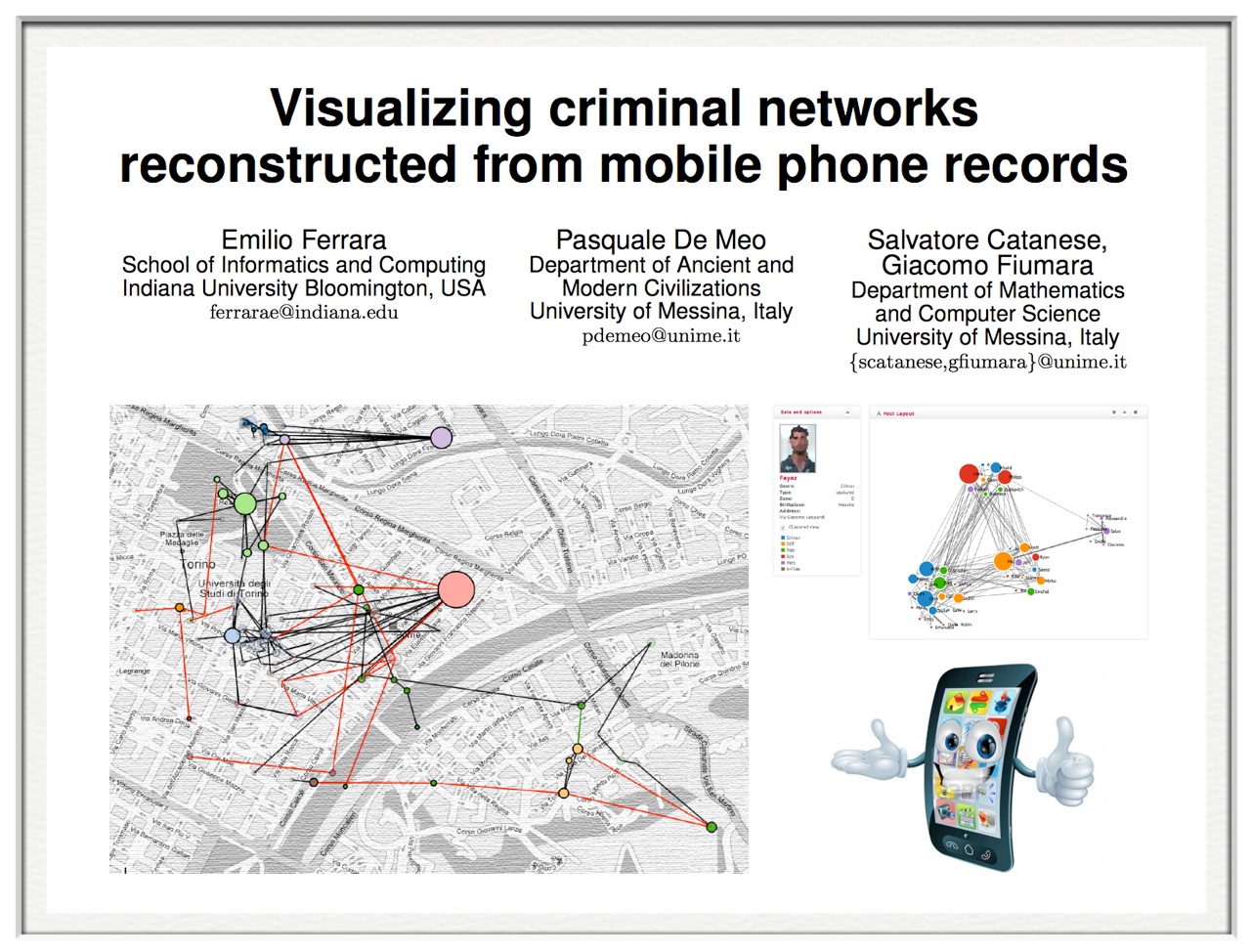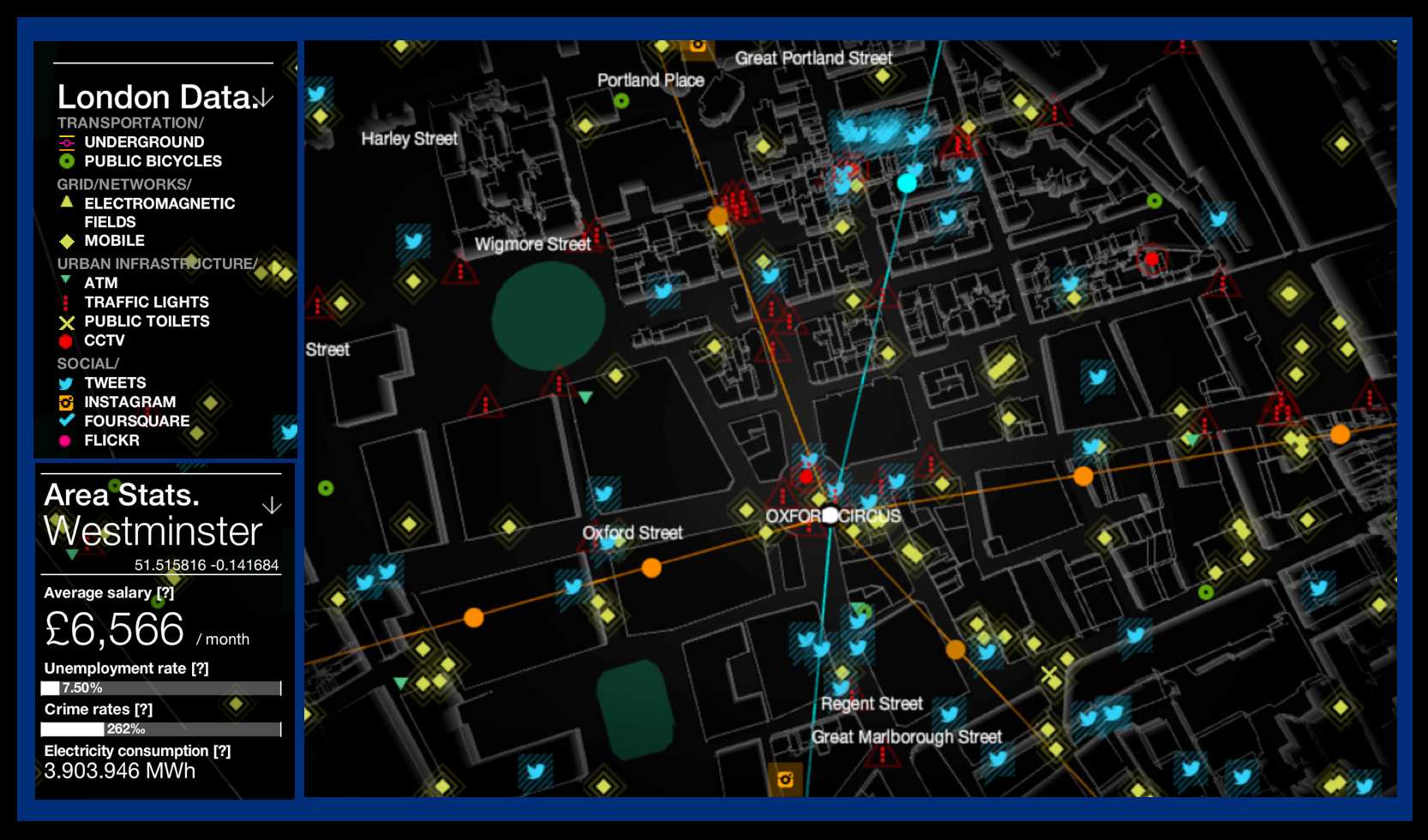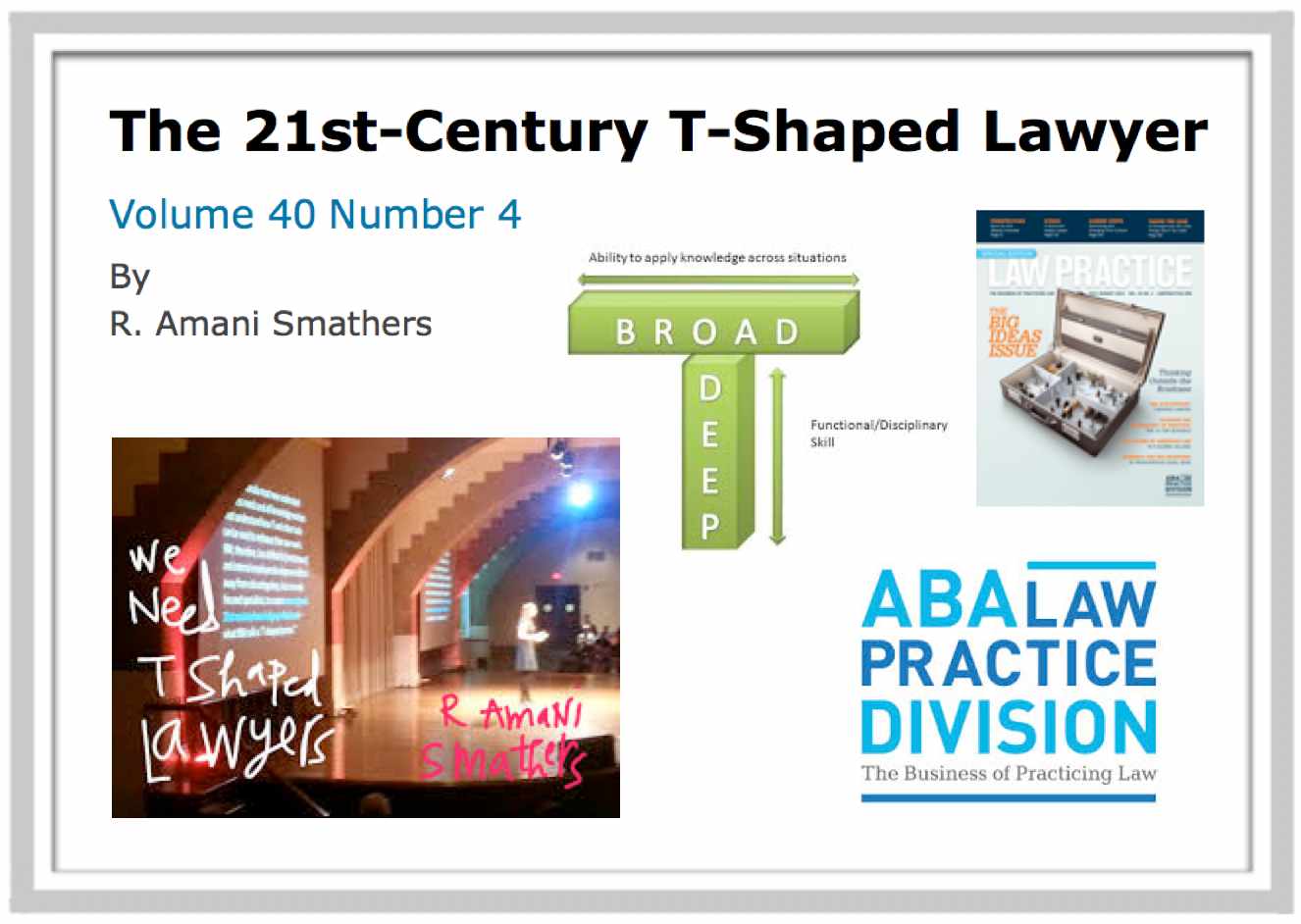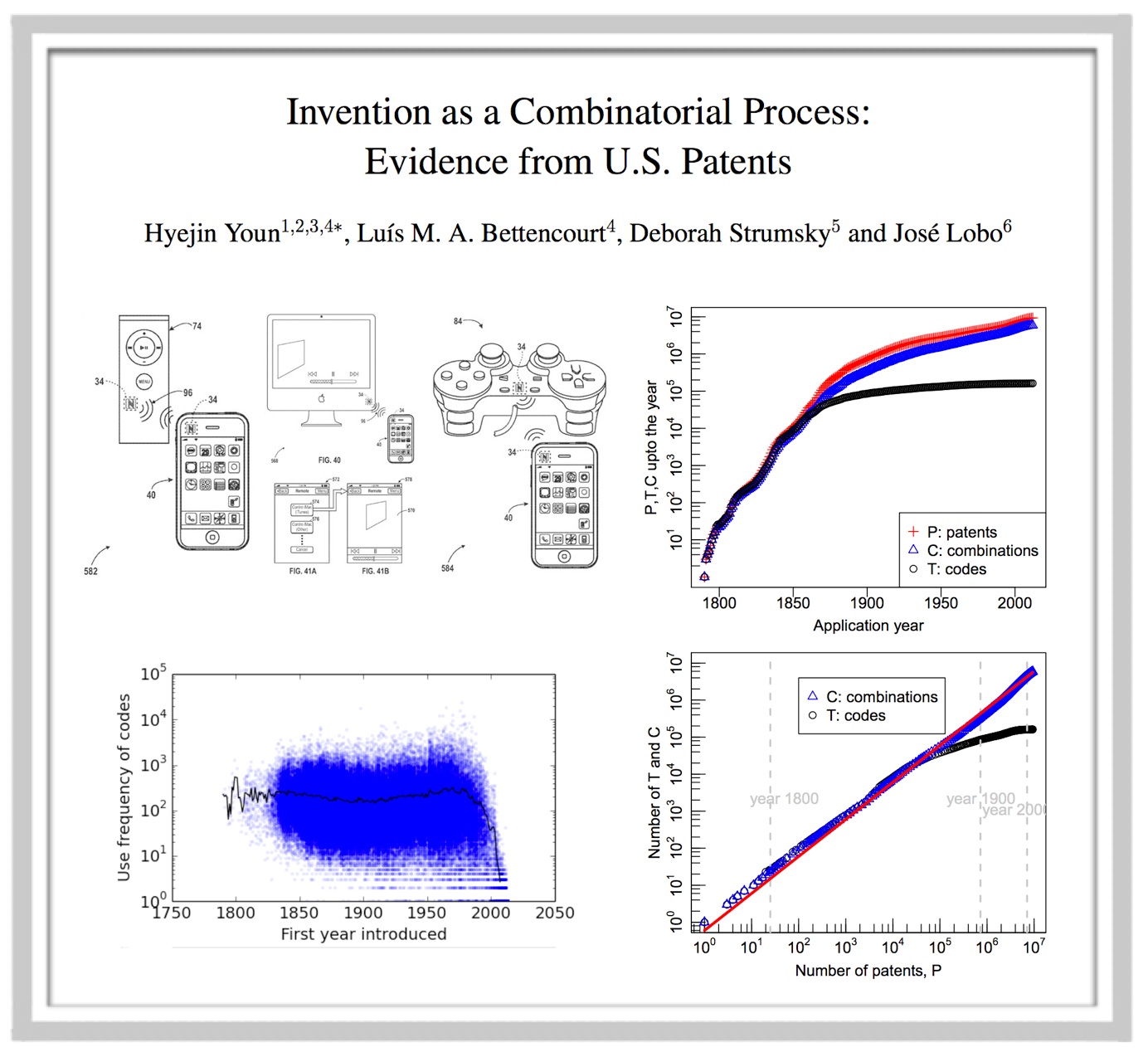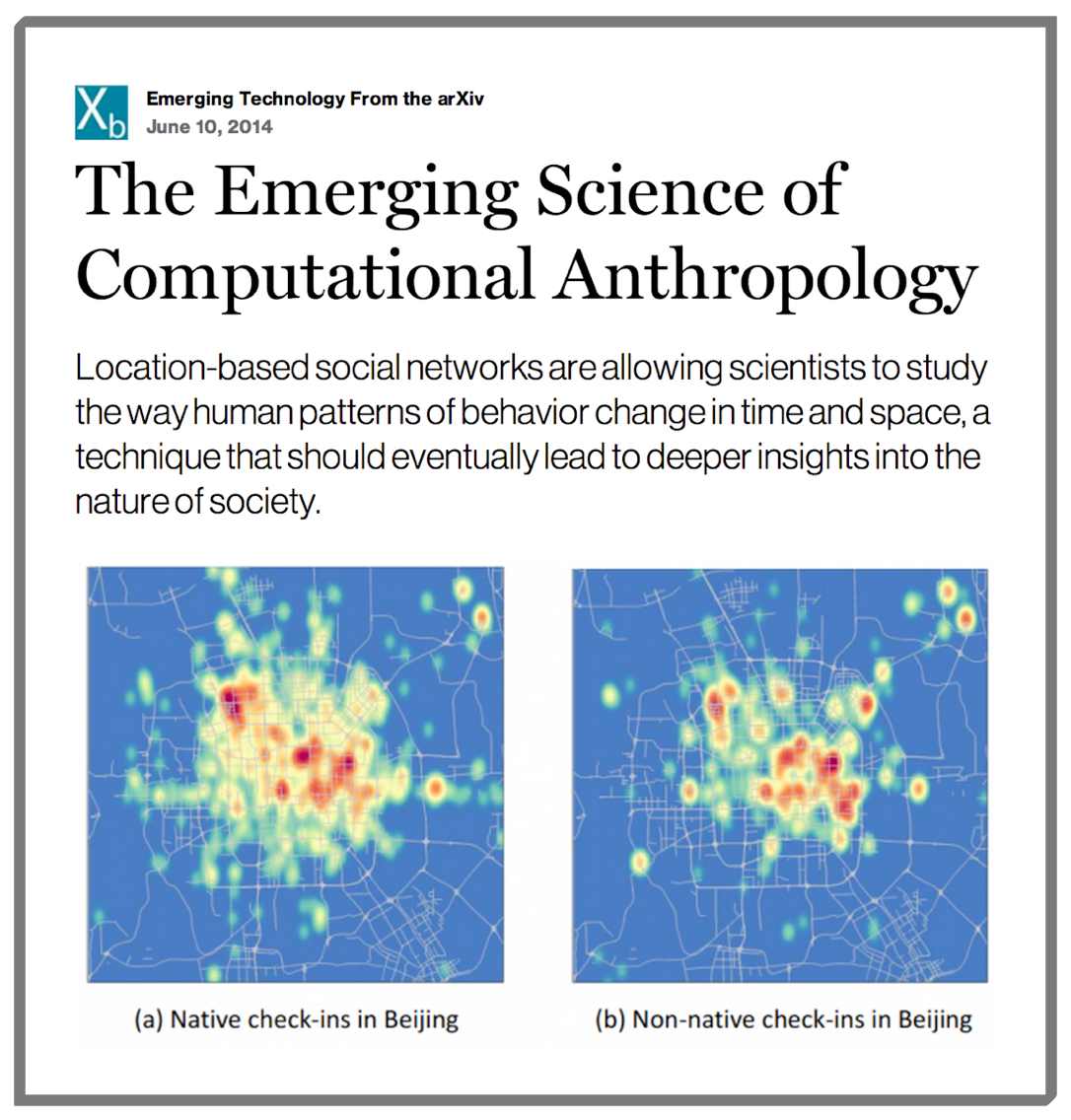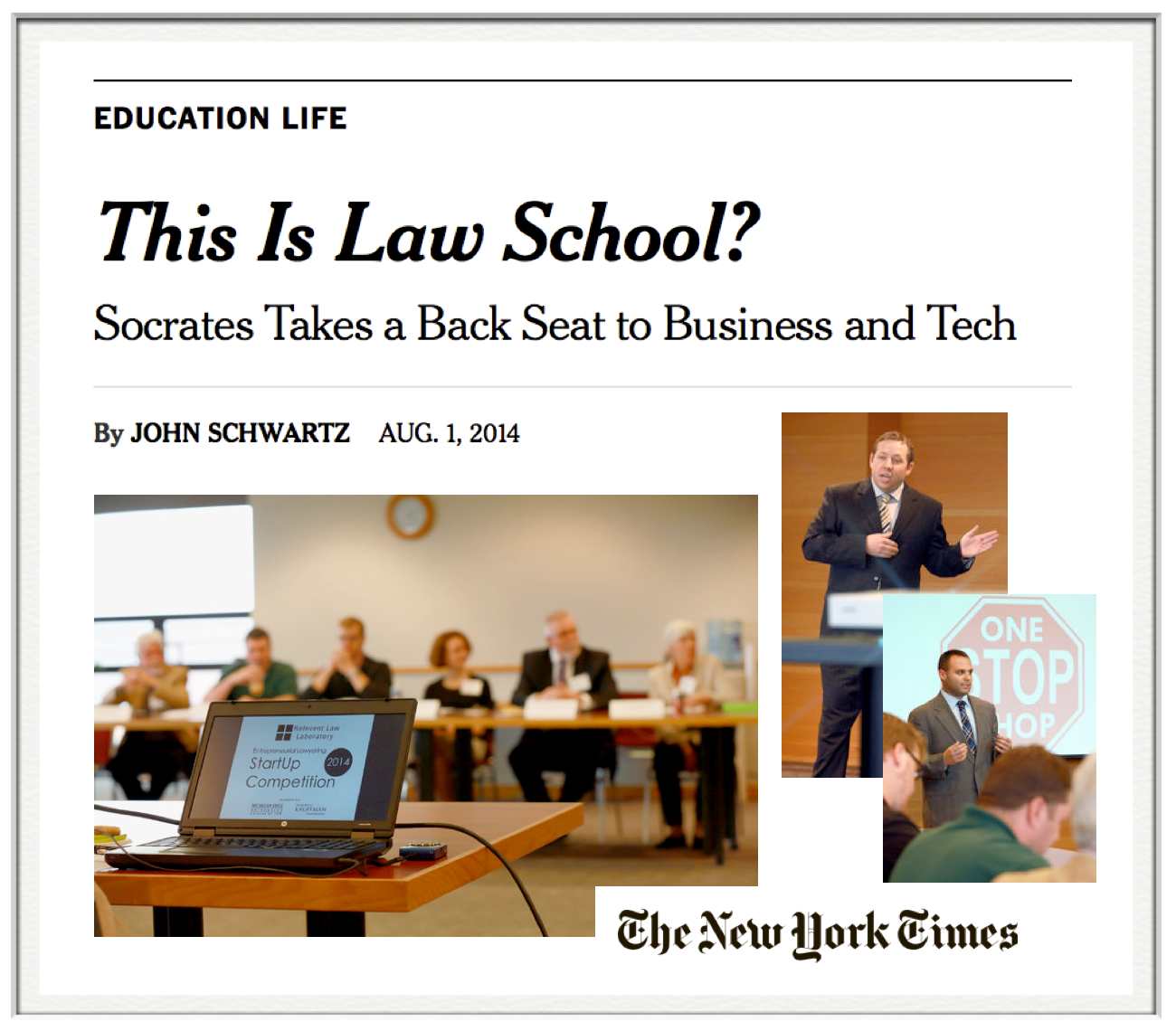 Nice coverage of our efforts at MSU Law to inject our students with important skills that can be competitive differentiator in this difficult legal marketplace. As Dan Rodriguez described it – one sweet spot for differentiation is located somewhere in and around “the law/business/technology interface.” I completely agree. While it is far from the only mission, there is arbitrage located in this sweet spot because many law schools do not have faculty with the appropriate technical skills necessary to teach in this space (see also a lack of desire/vision). This creates room for others. I outlined all of this in some detail in my Keynote Address at the Stanford CodeX Conference last year (and in the forthcoming paper called “The MIT School of Law“). As MSU Law Dean Joan Howarth said “[L]egal education has been stronger on tradition than innovation …. What we’re trying to do is educate lawyers for the future, not the past.” Well said! I joined the faculty at MSU three years ago with the goal doing the very things that are now up and running – however – there is always more to do – so stay tuned for more.
Nice coverage of our efforts at MSU Law to inject our students with important skills that can be competitive differentiator in this difficult legal marketplace. As Dan Rodriguez described it – one sweet spot for differentiation is located somewhere in and around “the law/business/technology interface.” I completely agree. While it is far from the only mission, there is arbitrage located in this sweet spot because many law schools do not have faculty with the appropriate technical skills necessary to teach in this space (see also a lack of desire/vision). This creates room for others. I outlined all of this in some detail in my Keynote Address at the Stanford CodeX Conference last year (and in the forthcoming paper called “The MIT School of Law“). As MSU Law Dean Joan Howarth said “[L]egal education has been stronger on tradition than innovation …. What we’re trying to do is educate lawyers for the future, not the past.” Well said! I joined the faculty at MSU three years ago with the goal doing the very things that are now up and running – however – there is always more to do – so stay tuned for more.
–
Predicting the Behavior of the Supreme Court of the United States: A General Approach (Katz, Bommarito & Blackman)
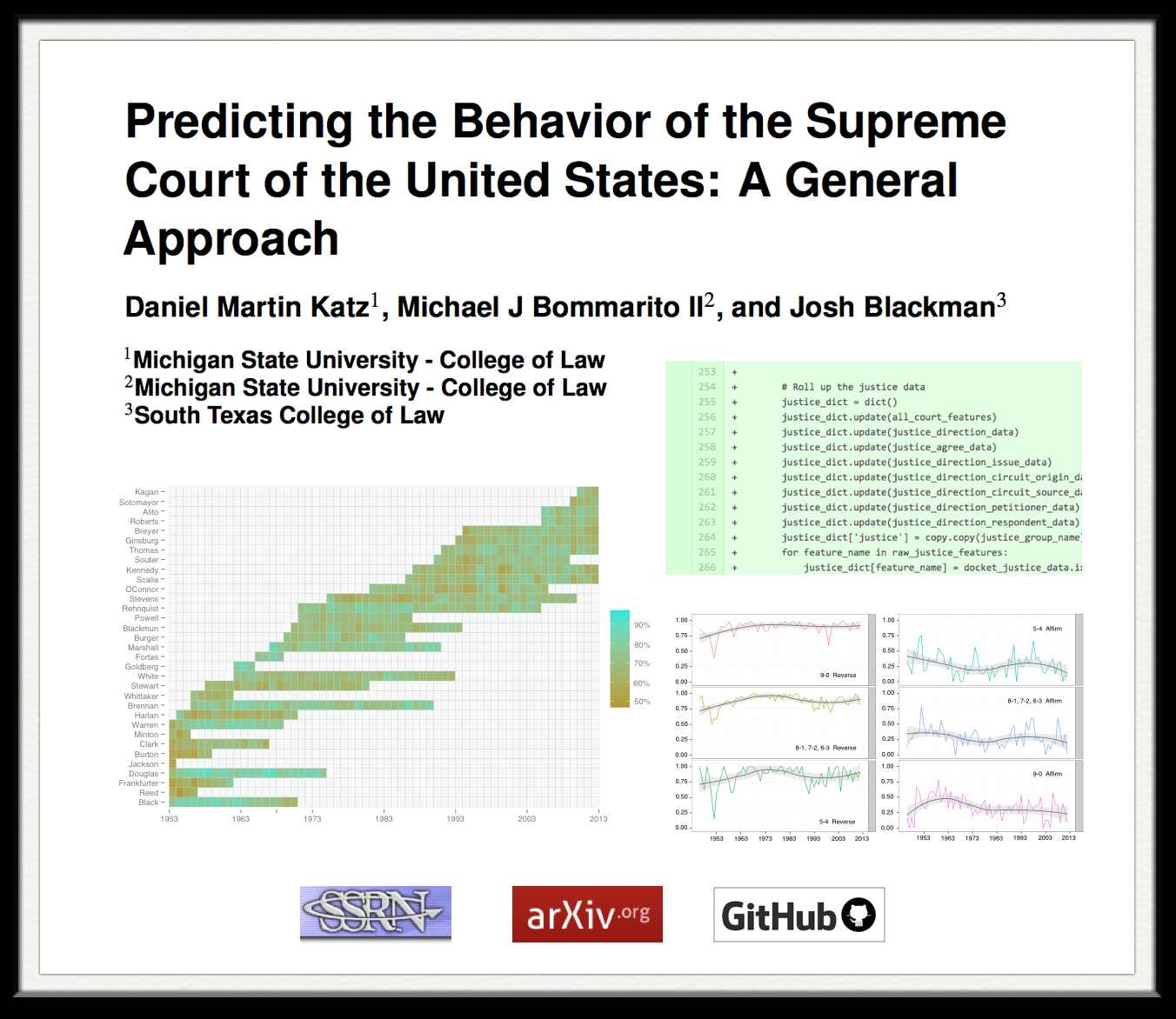
Abstract: “Building upon developments in theoretical and applied machine learning, as well as the efforts of various scholars including Guimera and Sales-Pardo (2011), Ruger et al. (2004), and Martin et al. (2004), we construct a model designed to predict the voting behavior of the Supreme Court of the United States. Using the extremely randomized tree method first proposed in Geurts, et al. (2006), a method similar to the random forest approach developed in Breiman (2001), as well as novel feature engineering, we predict more than sixty years of decisions by the Supreme Court of the United States (1953-2013). Using only data available prior to the date of decision, our model correctly identifies 69.7% of the Court’s overall affirm and reverse decisions and correctly forecasts 70.9% of the votes of individual justices across 7,700 cases and more than 68,000 justice votes. Our performance is consistent with the general level of prediction offered by prior scholars. However, our model is distinctive as it is the first robust, generalized, and fully predictive model of Supreme Court voting behavior offered to date. Our model predicts six decades of behavior of thirty Justices appointed by thirteen Presidents. With a more sound methodological foundation, our results represent a major advance for the science of quantitative legal prediction and portend a range of other potential applications, such as those described in Katz (2013).”
You can access the current draft of the paper via SSRN or via the physics arXiv. Full code is publicly available on Github. See also the LexPredict site. More on this to come soon …
Teaching the Complex Systems Course @ University of Michigan ICPSR Summer Program in Quantitative Methods
 This upcoming week and next week I have the pleasure of teaching “Complex Systems Models in the Social Sciences” here at the University of Michigan ICPSR Summer Program in Quantitative Methods. The field of complex systems is very diverse and it is difficult to do complete justice to the range of scholarship conducted under this umbrella in a short survey course. However, we strive to cover the canonical topics such as computational game theory and computational modeling, network science, natural language processing, randomness vs. determinism, diffusion, cascades, emergence, empirical approaches to study complexity (including measurement), social epidemiology, non-linear dynamics, etc. Click here or on the image above to access my course materials!
This upcoming week and next week I have the pleasure of teaching “Complex Systems Models in the Social Sciences” here at the University of Michigan ICPSR Summer Program in Quantitative Methods. The field of complex systems is very diverse and it is difficult to do complete justice to the range of scholarship conducted under this umbrella in a short survey course. However, we strive to cover the canonical topics such as computational game theory and computational modeling, network science, natural language processing, randomness vs. determinism, diffusion, cascades, emergence, empirical approaches to study complexity (including measurement), social epidemiology, non-linear dynamics, etc. Click here or on the image above to access my course materials!
Ethereum Contracts as Legal Contracts
This video describes the conditions under which an Ethereum or other smart contract can be a legal contract. (Via the Silicon Valley Ethereum Meetup)

